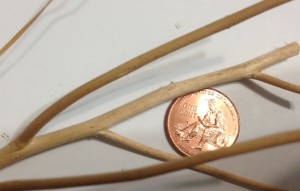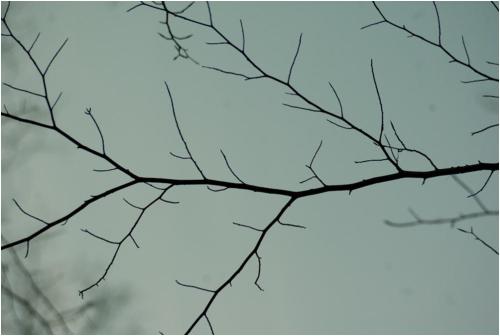Winter keeps invading my spirit. I rally and laugh, and then a cold wind knocks me down to burrow under layers of fleece.
The singular gift of winter in North Georgia is the lovely lace of bare trees. White oaks, red oaks, maples, poplars, sweet gum, sourwood, their dancing arms and fingers choreographed to some music we can’t hear.
Those skeletal branches seem to reach right into our own limbs. No matter how tall, their fingers grab the marrow of our own bones.

Patterns in nature speak the resounding, wordless truth: All connects.
All take forms. We are drawn to forms and call them beauty because they reside in us.
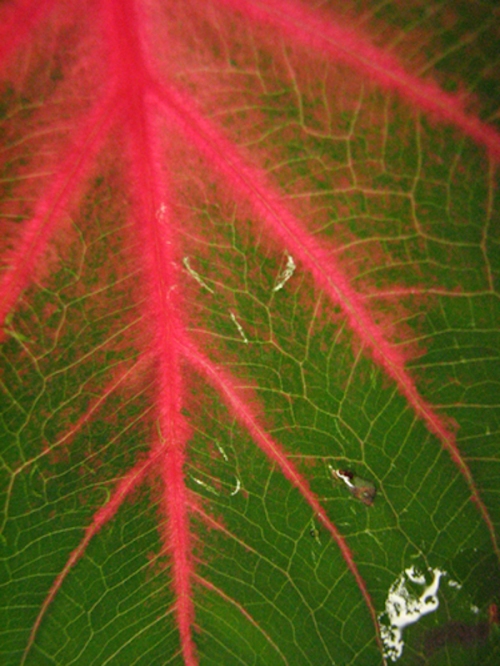
The Chinese have a word for it: li.
David Wade, in his book “Li: Dynamic Form in Nature,” defines it in various ways – “a manifestation of the gestalt, the inherent pattern of things… the graphic expression of a great range of archetypal modes of action.”

Brancha, or branching patterns, are among the easiest to see, and very common in nature.

They are, Wade notes, “quite essential to the workings of complex organisms… [they] provide an elegant solution where there is a need to access every part of a given area in the most efficient and economical way.”

Brain neurons,
seaweed,
lightning,
veins,
rivers…. All follow branching patterns, flowing out or drawing in.
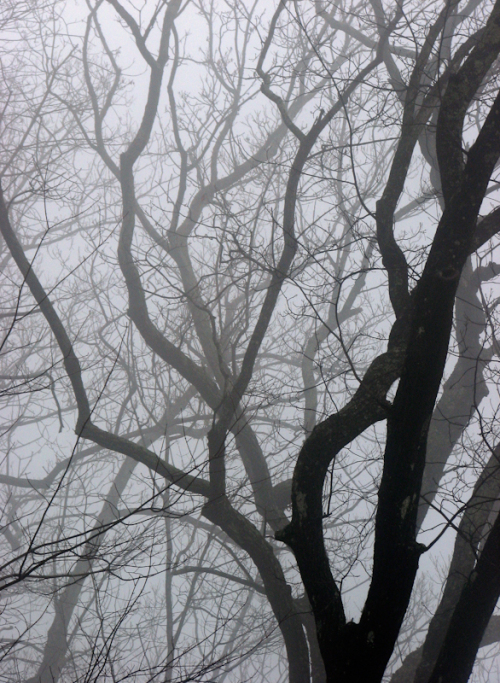
Branches dance with longing, pulling out toward something larger,
finding energy to continue the quest.
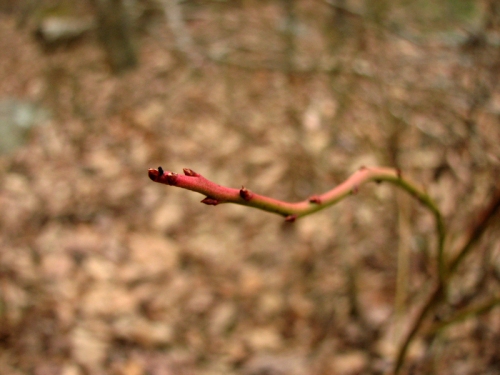
The body of this post was originally published Feb. 27, 2009, on a blog I did following the life of a beech tree. It was called To See a Tree.
Today’s penny is a 2009 in honor of To See a Tree. The reverse side of the penny is Lincoln, putting aside his woodcutting to read.
